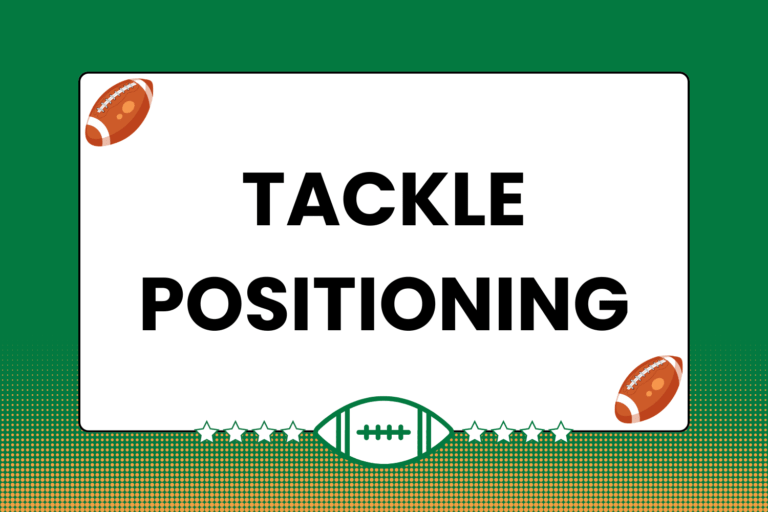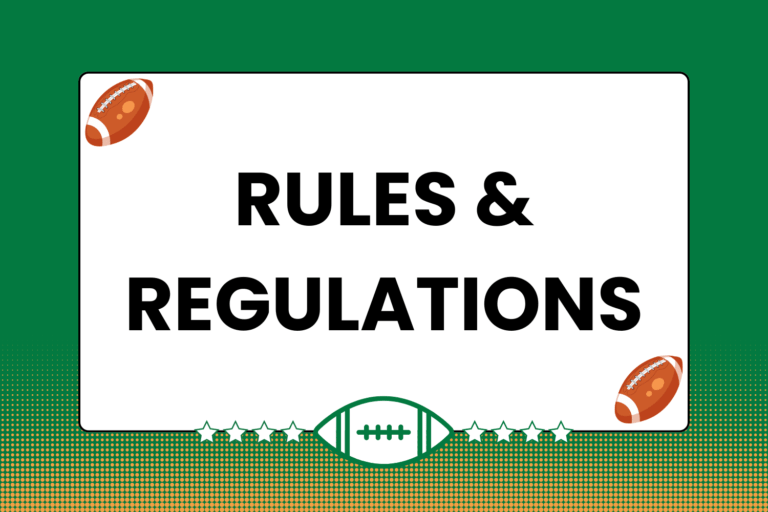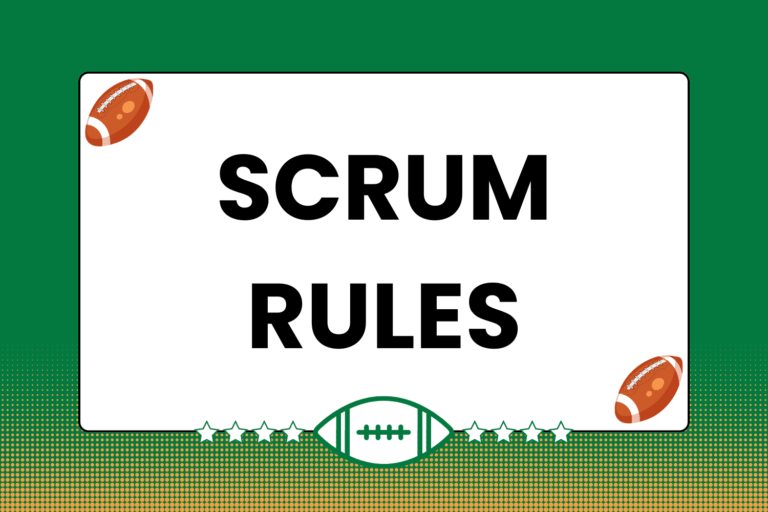Many different types of players around the world play and enjoy rugby. Although most people associated with the game focus on adult-level competitions, there has been a surge in the number of young players who get involved with the game in recent years. Of course, many of these younger players are likely brand new to rugby, with little to no understanding of what goes on during a training session, let alone an actual match.
Fortunately for any rugby coach — as well as new players — there are many resources available on Sportmentary that are created specifically to help people learn about and master the sport. This guide features training drills designed specifically to familiarize younger players with the mechanics of the game and become a standout rugger.
Developing Core Skills
Actions speak louder than words, and that’s doubly true when teaching kids rugby techniques. When introducing a new exercise, use the following formula, or create one of your own:
- Explain what’s going to happen, as well as how the drill helps players develop certain skills.
- Demonstrate what the drill should look like by walking through it. Have players help you demonstrate it by telling them what they should be doing, and when they should be doing it.
- Try it out. After a few repetitions, ask your team if they are confused or have any questions. Additionally, if something is clearly not working or going as planned, address it immediately.
- Go to work and let the players experiment with what they’ve learned. Don’t be afraid to go back over something that players don’t seem to understand right away.
Explanation, demonstration, and communication go a long way and help players get acclimated with a new drill.
The aim of any drill or exercise is to help players improve on a specific ability or set of abilities. A very easy way to accomplish this — and one of the best ways to help players understand the purpose of a drill or exercise — is to specifically communicate the skill(s) that each drill focuses on. Below are examples of simple drills that help young and inexperienced players acquire the skills needed to play rugby. Along with each drill is a brief explanation of the skill(s) each drill or exercise helps build, as well as how that is accomplished.
Mental Edge
It’s important to remember that younger players are just that — young. Working with kids requires a different approach than working with adults, which hopefully isn’t a shocking development. Be patient, make sure you have everyone’s attention before talking, and keep instructions simple.
Keep Away
“Keep Away” helps young players become more elusive on the field, while also teaching them how to defend against elusive players. In this drill, five players start in a 20-meter by 20-meter square marked off by cones. The number of players and size of square can be customized depending on players’ age, skill level, etc. One player has the ball, and chases the other four players while they try to elude the ball carrier.
Here’s how the drill works:
- With a stopwatch, the coach tells his players to keep away from the ball carrier for a certain amount of time. Make it quick to start, like 30 seconds, then increase the amount of time as you see fit.
- When the drill starts, the ball carrier runs around with both hands on the ball, trying to touch the other players with the ball. The coach keeps track of how many players the ball carrier “tags.”
- At the same time, the other four players run around and try to avoid being tagged. They may run anywhere within the boundary. However, they must be at least one meter away from the ball carrier at the end of the time limit; if they’re closer than that, it counts as a tag.
- A different person becomes the ball carrier, and the drill is repeated.
As an added incentive, you can include a reward for the player with the most tags. For example, require the players with the four lowest scores to do 10 push-ups.
The drill is designed to help players gain an understanding of what it takes to both pursue and evade another player—key skills for offensive and defensive awareness. Obviously, players will have a long way to go in developing these skills, but this exercise is a simple way to introduce the idea and practice.
The Wave
Note: This next drill assumes that your players know what it means to make a rugby pass, especially the rules concerning knock-ons and forward passes. Do not implement this drill if they are still working on these steps.
The ability to accurately pass the ball is one of the most crucial offensive skills in rugby. Most passes are made while running, so it’s not as simple as just learning how to throw the ball from a standstill. “The Wave” is an excellent drill for helping players hone their passing abilities. This drill requires an area approximately the width of a normal rugby pitch, marked off every five meters with a cone on both sides.
Here’s an overview of the drill:
- Five players get in a flat line, perpendicular with the touch lines, with approximately three meters in between each player. The player furthest to the right has a ball.
- When the whistle is blown, the ball carrier runs five meters straight ahead. The ball carrier then passes the ball to the next player in line as soon as he reaches five meters, and stops there.
- Player two hesitates for a moment, then runs forward so the ball is caught just after the first player passes it. The receiver catches the ball, runs an additional five meters, and passes the ball off to the next player in line (player three).
- Player three also briefly hesitates, then runs forward just in time to catch the pass from player two. Player three then runs an additional five meters and passes the ball off. At this point, the ball should have advanced 15 meters from the starting point.
- Player four also hesitates a moment, then runs ahead to catch the pass from player three. Player four advances five meters, and passes the ball to the left.
- Player five briefly hesitates after player four takes off, then sprints ahead. After catching the pass from player four, player five runs five meters ahead and grounds the ball.
- The players then line up just as they did at the start, but facing the opposite direction. Player five now becomes player one, and the drill is repeated.
Timing is the key to this drill. With the exception of player one, each player has to correctly time when they start running so they catch the ball just after it’s passed. Likewise, every player must pass the ball just as they advance five meters, otherwise the pass will be too early/late, depending on when it was thrown. Be sure to keep an eye out for forward passes as well. The likelihood of an illegal forward pass increases as the players’ speed increases.
Keep Things Interesting
The drills featured in this guide are only two possibilities of skill-building exercises. Though they differ in the skills taught and the degree of complexity, both are simple enough that they should be easily grasped by most young rugby players. Whatever drills you choose, make sure that the kids understand what to do, how to do it, and why they’re doing it. The more they understand, the more they’ll learn.





